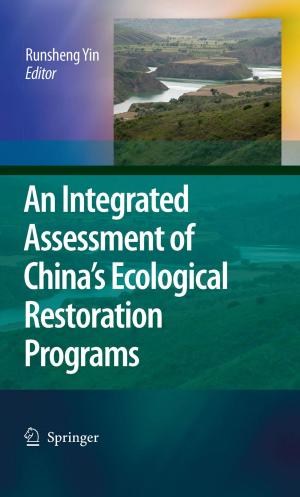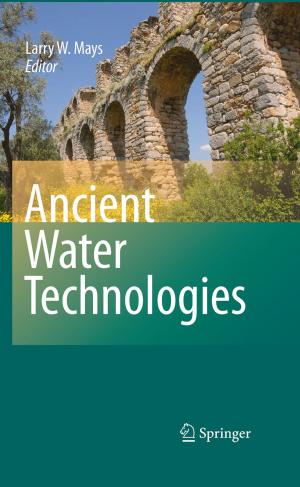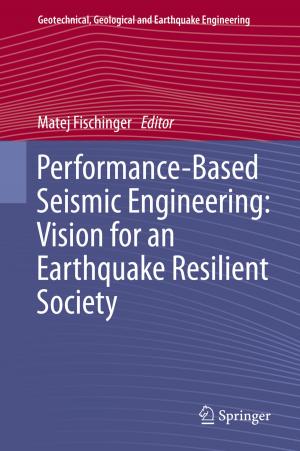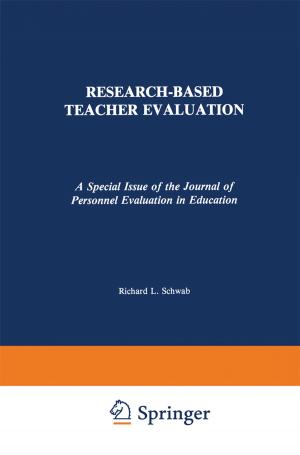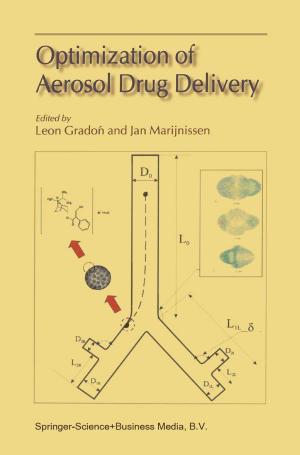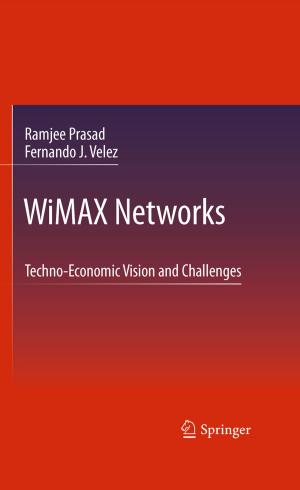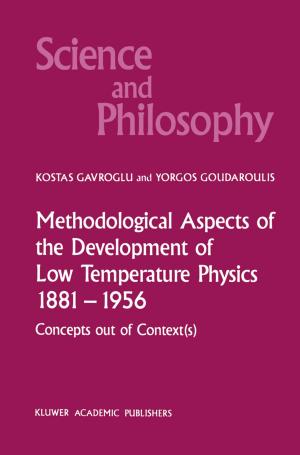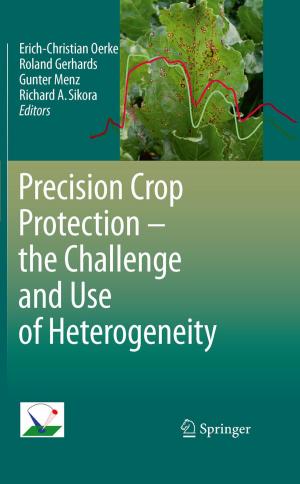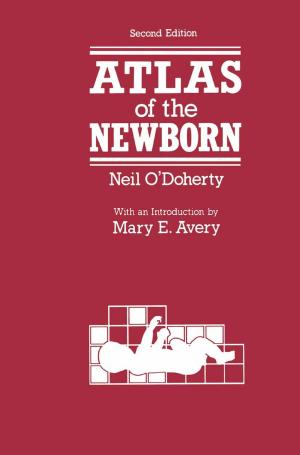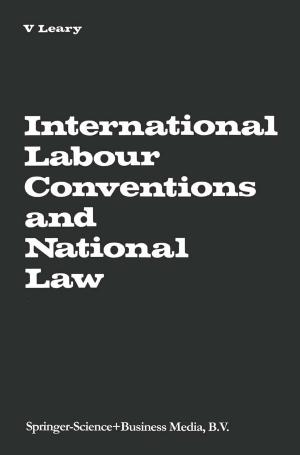Non-Renewable Resource Issues
Geoscientific and Societal Challenges
Nonfiction, Science & Nature, Science, Earth Sciences, Geology, Geography| Author: | ISBN: | 9789048186792 | |
| Publisher: | Springer Netherlands | Publication: | March 30, 2012 |
| Imprint: | Springer | Language: | English |
| Author: | |
| ISBN: | 9789048186792 |
| Publisher: | Springer Netherlands |
| Publication: | March 30, 2012 |
| Imprint: | Springer |
| Language: | English |
All the solid fuels fossil energy and mineral commodities we use come out of the Earth. Modern society is increasingly dependent on mineral and fossil energy sources. They differ in availability, cost of production, and geographical distribution. Even if solid fuels, fossil energy resources and mineral commodities are non-renewable, the extracted metals can to a large extent be recycled and used again and again. Although the stock of these secondary resources and their use increases, the world still needs and will continue to need primary mineral resources for the foreseeable future.
Growing demands have begun to restrict availability of these resources. The Earth is not running out of critical mineral resources – at least for the near future – but the ability to explore and extract these resources is being restricted in many regions by competing land use, as well as political and environmental issues.
Extraction of natural resources requires a clear focus on sustainable development, involving economic, environmental and socio-cultural aspects. Although we do not know what the most important resources will be in 100 years from now, we can be quite certain that society will still need energy and a wide range of raw materials. These resources will include oil and gas, coal, uranium, thorium, geothermal, metallic minerals, industrial and specialty minerals, including cement, raw materials, rare-earth elements. A global approach for assessing the magnitude and future availability of these resources is called for – an approach that, with appropriate international collaboration, was started within the triennium of the International Year of Planet Earth. Some global mineral resource assessments, involving inter-governmental collaboration, have already been initiated. The International Year of Planet Earth helped to focus attention on how the geosciences can generate prosperity locally and globally, as well as sustainability issues in both developed and developing countries.
All the solid fuels fossil energy and mineral commodities we use come out of the Earth. Modern society is increasingly dependent on mineral and fossil energy sources. They differ in availability, cost of production, and geographical distribution. Even if solid fuels, fossil energy resources and mineral commodities are non-renewable, the extracted metals can to a large extent be recycled and used again and again. Although the stock of these secondary resources and their use increases, the world still needs and will continue to need primary mineral resources for the foreseeable future.
Growing demands have begun to restrict availability of these resources. The Earth is not running out of critical mineral resources – at least for the near future – but the ability to explore and extract these resources is being restricted in many regions by competing land use, as well as political and environmental issues.
Extraction of natural resources requires a clear focus on sustainable development, involving economic, environmental and socio-cultural aspects. Although we do not know what the most important resources will be in 100 years from now, we can be quite certain that society will still need energy and a wide range of raw materials. These resources will include oil and gas, coal, uranium, thorium, geothermal, metallic minerals, industrial and specialty minerals, including cement, raw materials, rare-earth elements. A global approach for assessing the magnitude and future availability of these resources is called for – an approach that, with appropriate international collaboration, was started within the triennium of the International Year of Planet Earth. Some global mineral resource assessments, involving inter-governmental collaboration, have already been initiated. The International Year of Planet Earth helped to focus attention on how the geosciences can generate prosperity locally and globally, as well as sustainability issues in both developed and developing countries.

